We were lucky to catch up with Josephine Rais recently and have shared our conversation below.
Alright, Josephine thanks for taking the time to share your stories and insights with us today. Are you able to earn a full-time living from your creative work? If so, can you walk us through your journey and how you made it happen?
I’ve been able to earn a full-time living from my creative work, but it was a gradual process rather than something that happened from day one. I studied product design and strategic design in a small town in southern Germany. After graduating, I moved to Berlin in search of a job opportunity, but when that didn’t materialize, I found myself somewhat at a loss.
At that point, illustration and painting were still just hobbies—more like a distant childhood dream. However, out of financial necessity, I began working as a freelance graphic designer. While doing so, I started to build my portfolio and actively reached out to agencies, brands, and participated in contests. That persistence eventually led to my first commissioned illustration job.
A few months into freelancing, I co-founded a design collective in Berlin called “The Boys Club” with five other women. That was a pivotal moment in my career—it helped me establish a presence within the Berlin design scene and created new opportunities for collaboration and visibility. Two years later, I signed with Different Folk, which significantly broadened my professional reach and brought even more momentum to my freelance career.
In hindsight, every step was essential to where I am today. While I’m not sure I could have sped up the process drastically, having more confidence early on in pursuing illustration as a viable career path might have helped me make that transition sooner.
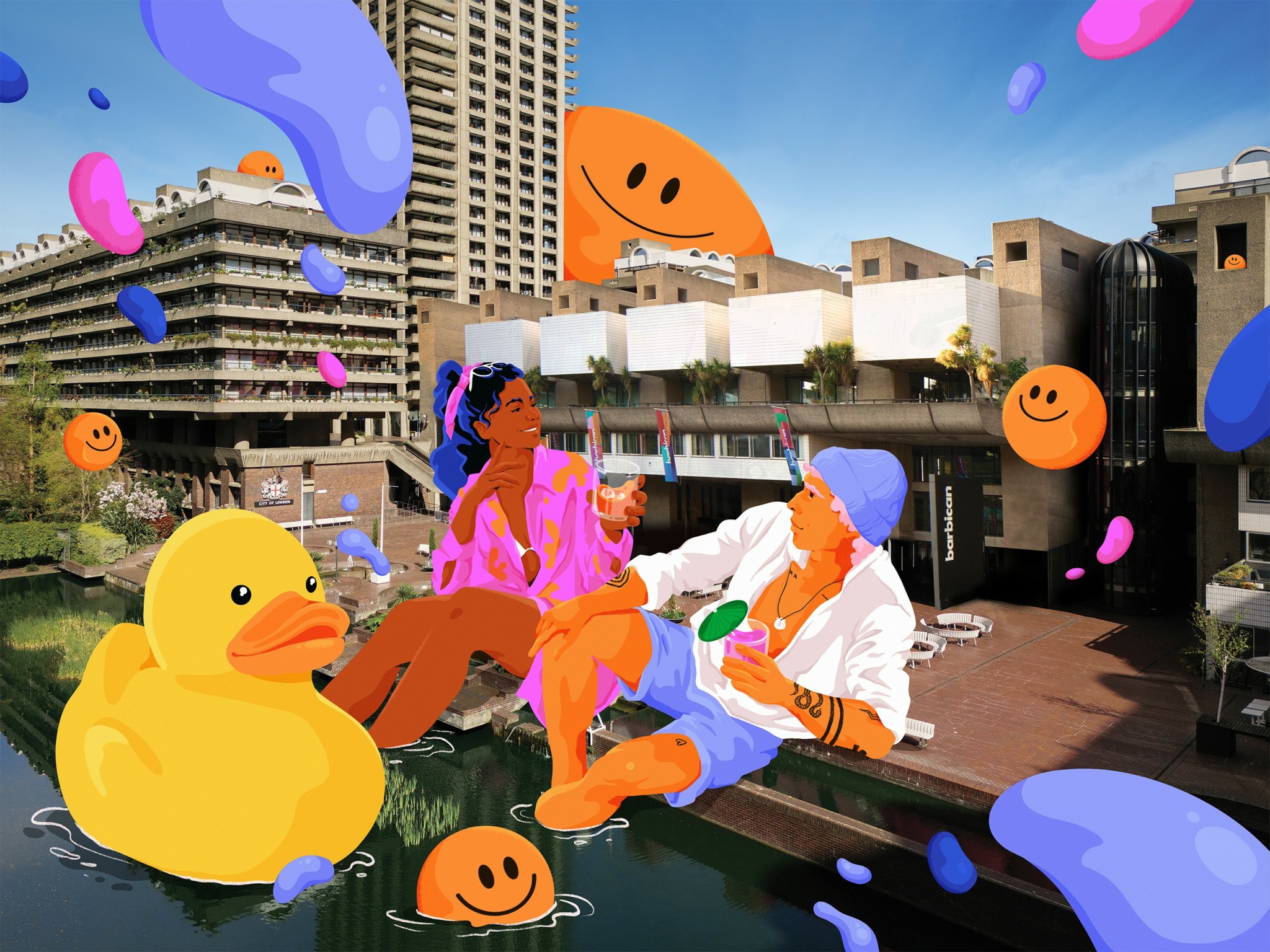
Great, appreciate you sharing that with us. Before we ask you to share more of your insights, can you take a moment to introduce yourself and how you got to where you are today to our readers.
I’m a freelance artist and illustrator, primarily working as a digital artist on commercial projects. Over the years, I’ve had the opportunity to collaborate with a wide range of clients across industries—my illustrations have appeared on packaging, websites, editorial features, ad campaigns, fashion collections, public transport systems, and even large-scale murals on buildings around the world.
While digital illustration is at the core of my practice, I’m always curious and open to exploring new formats. I’ve experimented with animation, textile design, and 3D work, continually pushing the boundaries of my style and how it can live in different spaces.
My work is bold, colorful, and dynamic—often infused with a sense of fun and emotional energy. I love portraying women, queers, diversity, pop culture, and food—essentially creating visual spaces for people and stories that deserve to be seen and celebrated. At the heart of my work is a mission to empower people and offer an uplifting, alternative world where everything feels possible. Whether I’m working on a commercial brief or a public art project, I aim to bring joy, energy, and representation into the visual landscape.
What sets me apart is this commitment to both visual impact and meaningful storytelling. I draw inspiration from a mix of anime, music, pop culture, fashion, food, friends, and traveling—elements that help me stay playful and authentic in my creative voice.
What I’m most proud of is the emotional connection people have with my work, and the ways it’s been able to inspire or represent them. Whether through a mural on a city wall or an illustration on a product package, I want people to feel seen, energized, and hopeful.
For anyone discovering my work or brand for the first time, I’d want them to know that what I create is rooted in joy, inclusivity, and a vision for a more colorful, expressive world—one that’s a little weird, a little wild, and wide open for everyone.

What do you find most rewarding about being a creative?
One of the most rewarding aspects of being an artist is seeing my work out in the world—whether it’s on a mural, a product, or in an unexpected place. That moment when I stumble across something I created in a real-life context still gives me a deep sense of joy and fulfillment. It’s a reminder that art doesn’t just live on screens or in studios—it connects with people, becomes part of their daily lives, and adds something to their environment.
Another incredibly meaningful part of my journey is being able to inspire others, especially young women and emerging artists. When I was a teenager, I struggled to find role models in the creative industry who felt relatable or within reach. It was rare to see women represented in ways that felt accessible to me, and that absence shaped how I navigated my early career.
Today, I’m hopeful that platforms like social media have made it easier to build community, share experiences, and support one another. I’m grateful to be part of that shift—to be visible, to connect, and hopefully to make the path a little easier for others coming up. Knowing that my work might encourage someone else to pursue their creative dreams is something I truly cherish.

How can we best help foster a strong, supportive environment for artists and creatives?
In my view, one of the most impactful ways society can support artists and help nurture a thriving creative ecosystem is by valuing original work and the people behind it. That starts with something as simple as choosing to buy directly from artists or supporting small, independent businesses rather than mass-produced or copied content. Every purchase from an original creator makes a real difference.
Beyond financial support, engagement also matters. Supporting your favorite artists on social media—by following, sharing, or even just leaving a kind comment—can have a big impact. A shoutout or a message saying “I love your work” might seem small, but to an artist, it can mean the world. Recognition and encouragement go a long way in helping creatives stay motivated and feel seen.
It’s also crucial to respect artists’ work by not copying or using AI to imitate their style. The integrity of creative labor should be protected, not replaced. We need to foster an environment that celebrates originality and gives artists space to evolve without fear of their ideas being diluted or stolen.
Finally, creating both physical and digital spaces where creativity is encouraged—whether through funding, public art programs, residencies, or inclusive community events—is key to sustaining a vibrant creative culture. When society actively values and invests in creative expression, everyone benefits.
Contact Info:
- Website: https://www.josephinerais.com
- Instagram: josephinerais
- Linkedin: https://www.linkedin.com/in/josephine-rais/
- Twitter: josephinerais
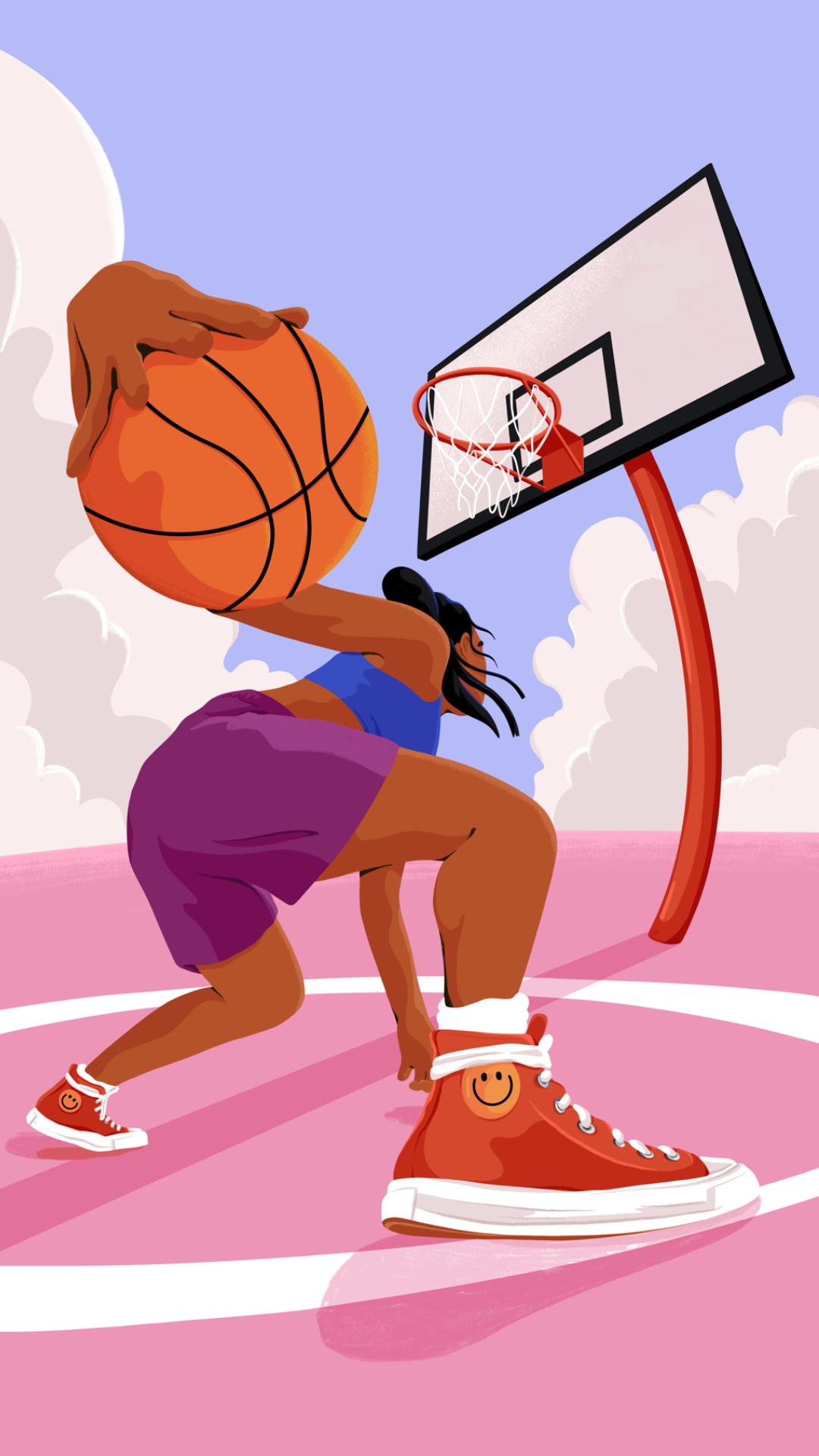
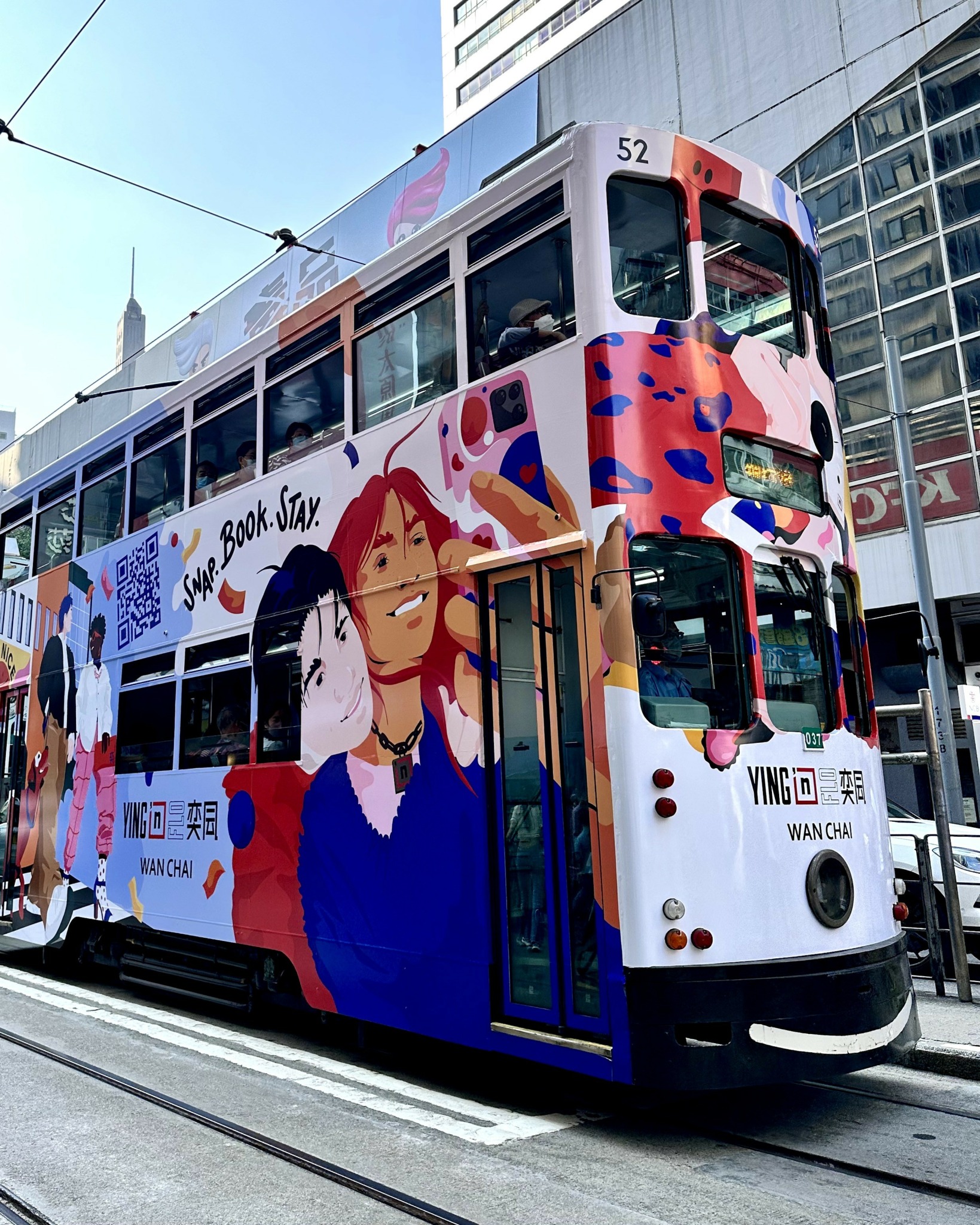

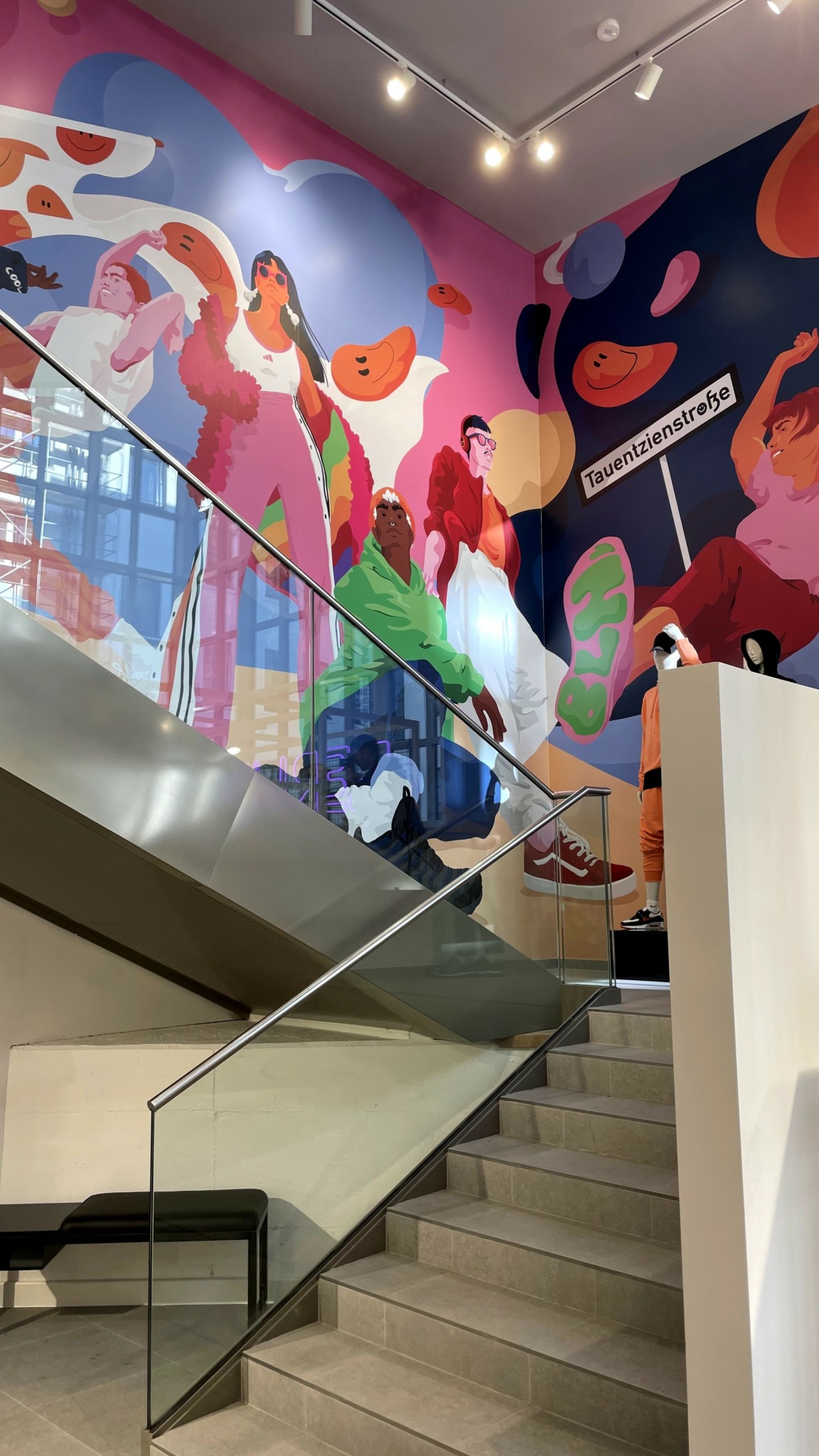
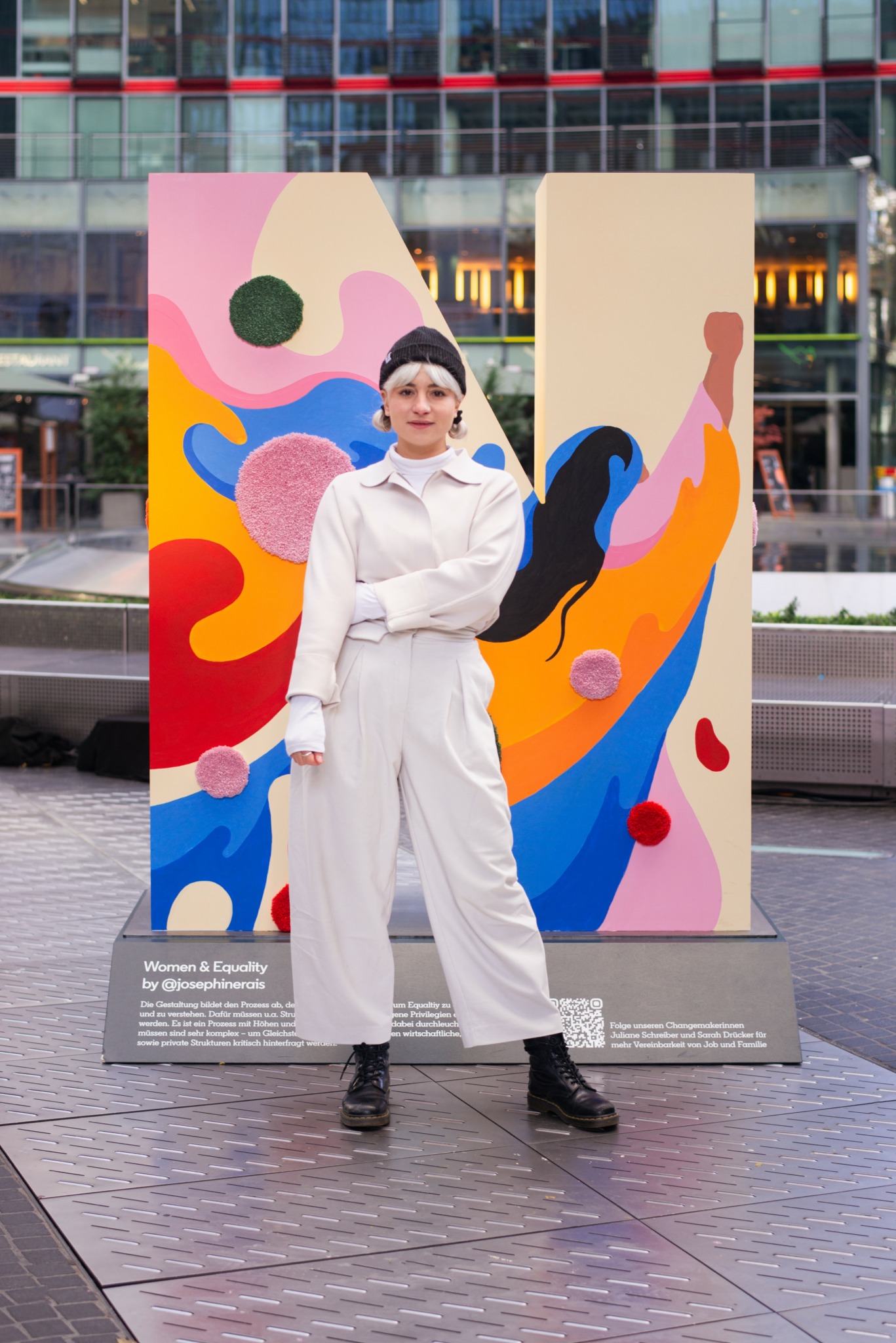
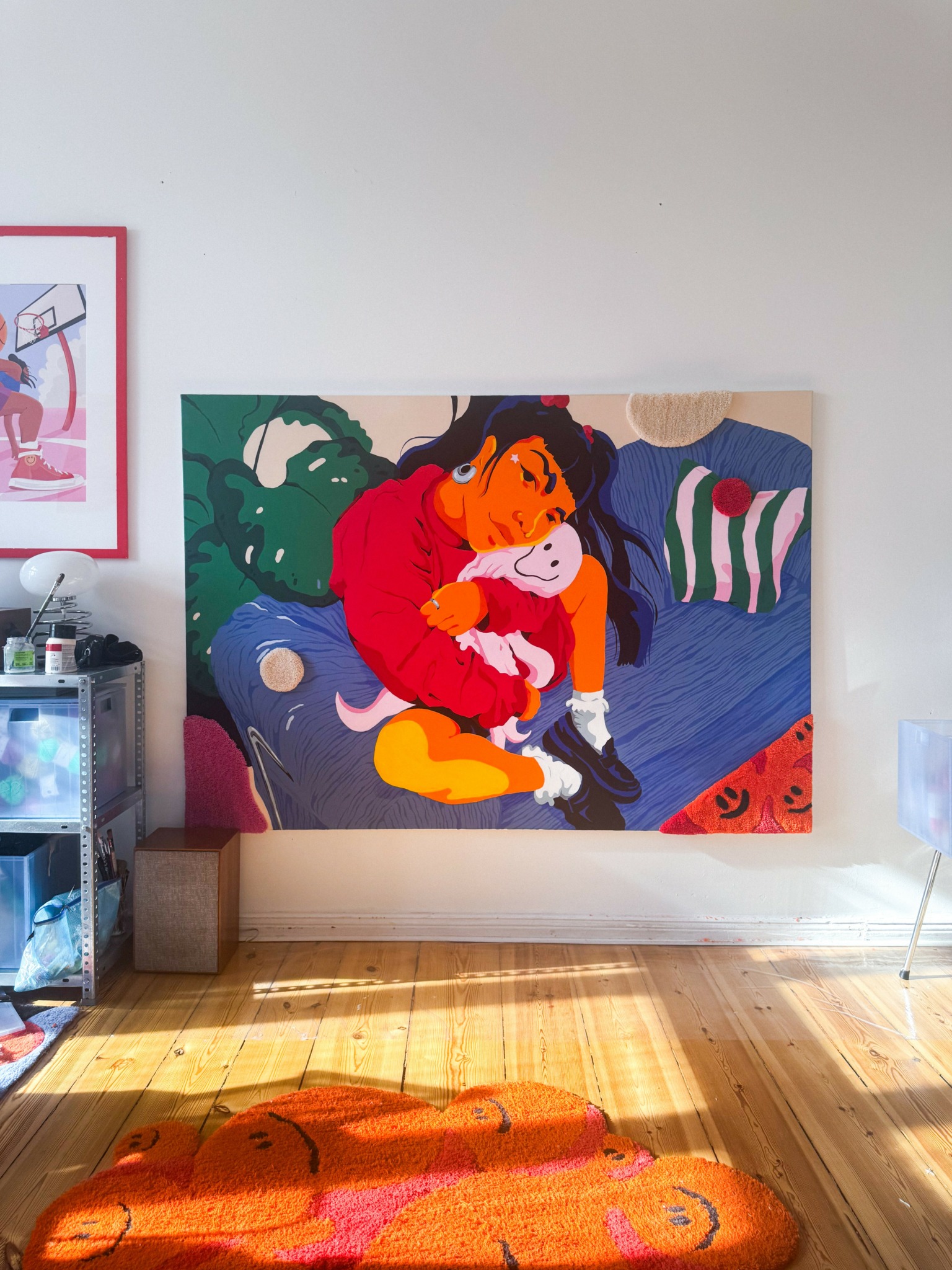
Image Credits
Lea Klein, Daniel Stuhlpfarrer, Josephine Rais


